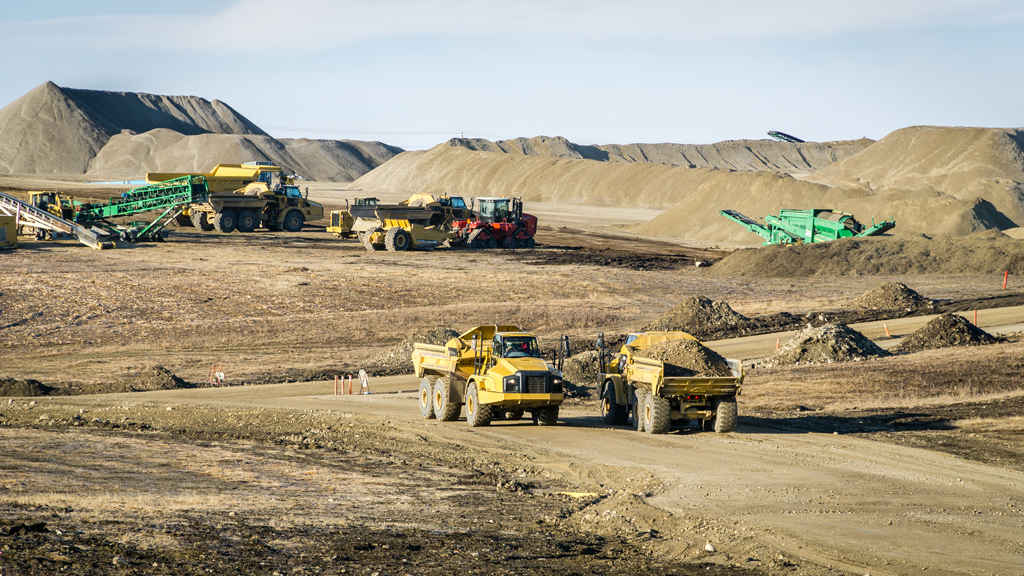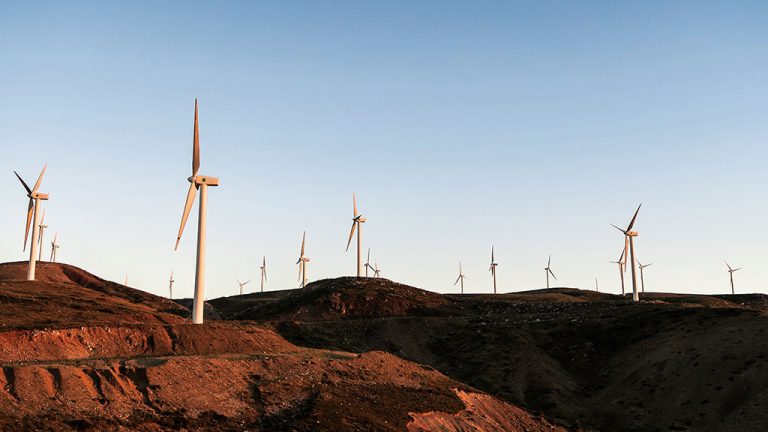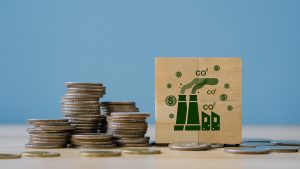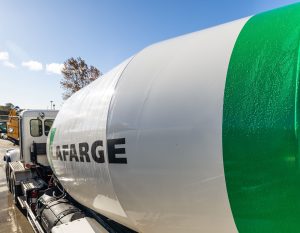Several industry experts see Alberta’s new push for diversification as light on details but with possible potential.
The Alberta government has stated diversification is a priority in its recently introduced recovery plan designed to address not only the economic mayhem introduced by the COVID-19 pandemic but also plunging oil revenues brought on by a price war between Russia and Saudi Arabia.
The Alberta Recovery Plan recommended not only diversification within the oil and gas sector but also more emphasis on agriculture and forestry, tourism and technology.
Opinions differ within the oil and gas and construction industries and at two leading think-tanks as to the efficacy of diversification.
Fraser Institute senior policy analyst Steve LaFleur said diversification is an easy term for governments to use but much harder to implement as policy.
“When we talk about diversification, it’s important to be specific otherwise it becomes a catch-all term for anything,” LaFleur said.
He added the narrative of the decline of oil and gas in and of itself “feeds into the idea that we need one big thing. That leads us into a lot of diversions and wasted energy.”
LaFleur said given the substantial challenges of both COVID-19 and declining oil prices, the current Alberta government can be forgiven for trying to find as many solutions as possible.
“There’s a dual crisis that hit Alberta and it doesn’t surprise me that the government is throwing everything at the wall to see what sticks. I don’t believe any government can be held to a standard of perfection. Overall the most important thing is to get a climate for business in the province,” he said.
LaFleur singled out the United Conservative Party’s cuts to the corporate tax rate as a positive move.
“It doesn’t negate the global recession, but it does give companies incentive to invest,” he said.
Pembina Institute Alberta regional director Chris Severson-Baker said while the Alberta government is pledging to diversify, he sees no solid action behind the words.
“We continue to see the word diversification added into the messaging without there being a lot of details or significant dollars attached that would really result in diversification,” Severson-Baker said.
“We saw this with the election. There was a lot of talk and promises about protecting oil and gas, a focus on pipelines and that sort of thing and not a lot about the opportunities Alberta has to grow the economy and capitalize on assets it has.”
Severson-Baker added the Alberta energy sector is innovating and diversifying without leadership from government.
“The good news is we’re starting to see renewable projects able to compete in the energy market but there are regulatory issues in place, such as how do you transform an electrical grid so it’s much more renewable at its base? There are a lot of things the government could do with that,” he said.
Severson-Baker cautioned that as the world moves towards constraining carbon output, Alberta will need to remain competitive.
“The current Alberta government focuses on competing for market share by building pipelines, but there’s every reason to believe there will be more hurdles to getting fossil fuels to market as the world addresses climate change and people are concerned with upstream greenhouse gas emissions (GHG),” he said.
“One way to diversify is to create oil and gas streams that are low in carbon compared to other areas of the world and that meet the highest standards regarding methane emissions.”
Another area with potential to stimulate the Alberta economy is the construction sector, Severson-Baker said, in terms of resilient new and retrofitted buildings ready to deal with a changing climate.
“New and existing commercial and residential buildings can do deep retrofits to capture as much reduction of energy loss as possible while addressing other (energy) issues with buildings, making them more comfortable, cleaner and more accessible,” he said. “There’s a real need to do that on a reducing energy consumption basis and reducing costs long-term. That’s something we could be doing across Canada and Alberta.”
Canadian Association of Petroleum Producers president Tim McMillan said he’s optimistic both for oil’s future and for the industry’s ability to move beyond traditional production to new areas.
“We see a big bounce back from COVID up to 2030 and beyond. There will be more oil and gas produced and a higher percentage will go into materials. From our perspective we represent producers and as demand rises we think it’s great that it can be used in ever more valuable ways,” McMillan said.
“We’re working on recovery, but no industry is better positioned to help us bounce back.”
In a previous interview with the Journal of Commerce, Calgary Construction Association president Bill Black said while previous governments have also stressed the importance of diversification to Alberta’s long-term interests, current circumstances may force the issue.
“Historically Alberta only talked about diversification when oil prices were down. I don’t think the boom scenario will happen again, certainly not in a short time frame, and I think the concept of diversification is here to stay,” Black said.
Regardless of whether Alberta further diversifies its economy, oil and gas will remain a significant force for the province, LaFleur said.
“Rather than focusing on diversity, just go for growth and if that takes place in wildly divergent industries that’s fine and if it happens in sectors adjacent to oil and gas that’s fine too,” he said.











Recent Comments
comments for this post are closed